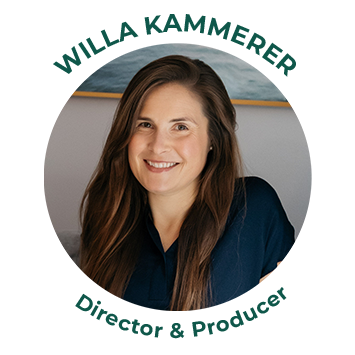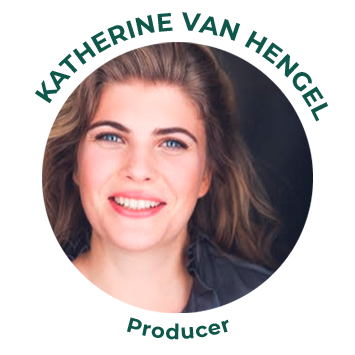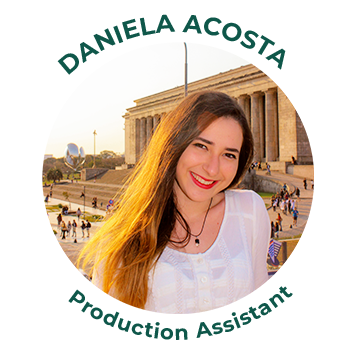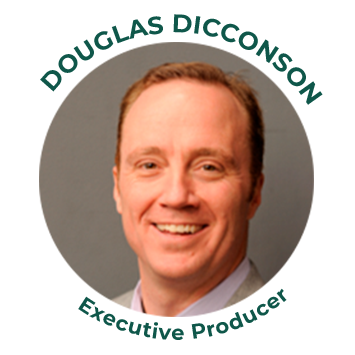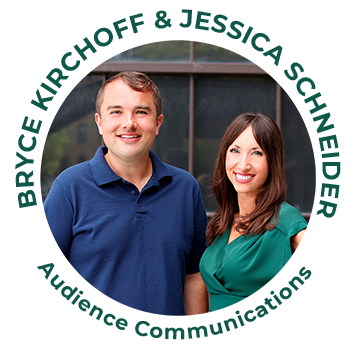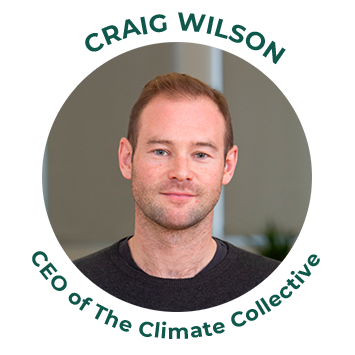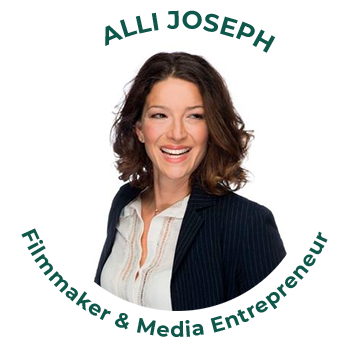DIRECTOR’S STATEMENT
I’ll never forget the first time I tried to produce a story about kelp and ocean farming. In fact, it was thirteen years ago, in 2009. I was living in Portland, ME, and had read an article in the Portland Press Herald about the first US-based kelp farm just starting off the coast, which promised to clean up coastal ecosystems and tap into the $7 billion global seaweed industry. Thinking I had stumbled on green-blue gold, I pitched the public radio show The Environment Report. My pitch was rejected, and I was completely mystified, because as far as I could tell the story had all the hooks and depth that one could ask for, especially for an environmental show? In that moment of rejection, I decided to start taking a more entrepreneurial approach to my story-making. Looking back, I am so grateful for the rejection, the shift in my path it facilitated, and the tools and perspectives I’ve gathered along my path.
I grew up in the "Ocean State" of Rhode Island and the names of both my father’s company (Willaburt Fisheries, painted on colorful plastic fish totes), and my uncle’s boat (emblazoned the Willa K) are reflective of the salt that runs deep in my lived experience and inherent understanding of the important role the ocean plays in all our lives and collective future, whether we know it or not. Thirteen years after my interest was first piqued, it’s become all the more clear that the farming of kelp — today described as “regenerative ocean farming," and part of a broader blue economy movement — is one of the most interesting and important stories of our time.




